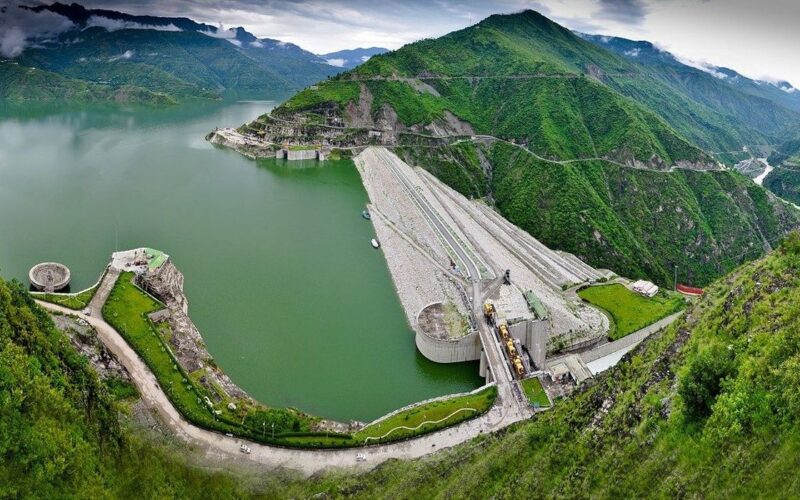Climate change could be the main reason behind the recent unusual weather events of cloudbursts happening in Uttarakhand. Within a span of 1 month, we already have multiple reports of cloudburst from different parts of the state, Including Rudraprayag, Tehri Garhwal, Uttarkashi, Chamoli, Devprayag, and Kainchi Dham.
Dam and Climate Change
The Lakes formed due to the construction of hydropower projects are emitting harmful gases causing global warming. Gases like methane, nitrous oxide, carbon dioxide, and other greenhouse gas are becoming the cause of natural imbalance in the Himalayas and surrounding areas.
When a river is blocked, water gathers behind the dam, creating an unnatural, stagnant lake that often kills off a lot of the existing ecosystem. The excess water is pushed onto the banks, which are often covered in plant life. These plants are then smothered and die. Bacteria in the water then decompose these plants, generating carbon dioxide and methane—a greenhouse gas 86 times more potent than CO2.
These gases bubble up to the surface of the reservoir and are released into the atmosphere.
Even more of these gases are produced if the upstream river water contains extra nitrogen or phosphorus as a result of fertilizer runoff. These nutrients allow naturally occurring algae in the river to flourish, but then quickly overwhelm the water’s oxygen resources. As the algae die, it’s broken down like other organic matter, creating even more of these gases.
Dam Kills River
A river, by definition, must flow freely. A dam stops the free flow of the river and impacts the river in the most fundamental ways. In India when we construct a dam (e.g. Tehri), a hydropower project (e.g. 400 MW Vishnuprayag project on Alaknanda in Chamoli district in Uttarakhand) or diversion (Lower Ganga – Bhim Goda at Haridwar, Middle Ganga – Bijnor, and Upper Ganga-Narora barrages), we do not have to leave any water for the downstream stretch of river. To complete drying up of the rivers for most of the dry months by these structures is the first direct impact of these structures on the river. To put it mildly, that action practically kills the river. Upstream of the dam too, the river gets killed, for immediate upstream, there is stagnant water and further upstream, the river has lost its connections with the downstream river!
This is because these structures not only stop the flow of water to the downstream areas, they also stop flow of everything else that was flowing in the river: the silt, the nutrients, the sand, the organisms, the flora, fauna, and severe every one of the connections of rivers we described earlier.
Imagine when a river has to face such death every few kilometers in its journey!
